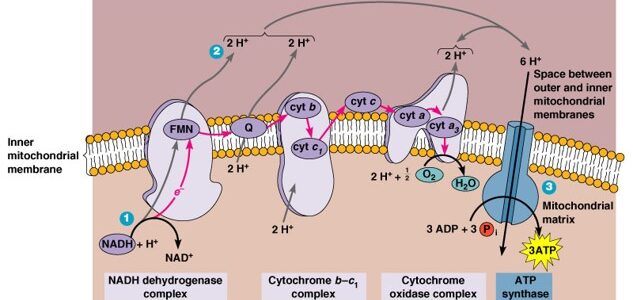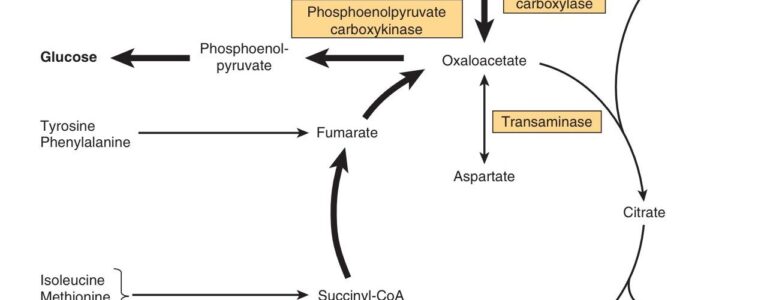Quick Revision Series
Our Biochemistry > Quick Revision Series
Types of Enzyme Inhibition with Mnemonics
26
Oct
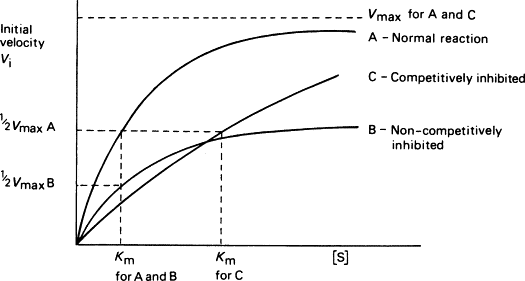
Posted in:
Enzyme kinetics ,
Enzymology ,
Learning resources ,
Library ,
Quick Revision Series ,
Quick revisions ,
Quick revisions ,
USMLE Content ,
Glycolysis Review- NBME style questions with complete explanations
21
Oct
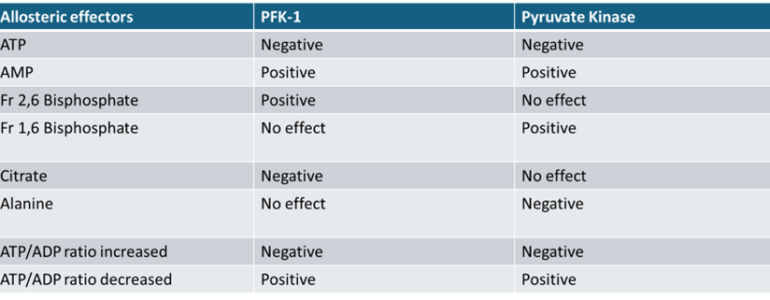
Posted in:
Energy metabolism ,
Learning resources ,
Library ,
Metabolism of Carbohydrates ,
Multiple-choice questions ,
Multiple-choice questions ,
PowerPoint presentations ,
Practice questions ,
Question Bank ,
Question Bank ,
Quick Revision Series ,
USMLE Content ,
USMLE Style questions ,
USMLE styled question bank ,
NBME-Style Case-Based Questions on the regulation of glycolysis with explanations
19
Oct
Posted in:
Energy metabolism ,
Learning resources ,
Library ,
Metabolism of Carbohydrates ,
Multiple-choice questions ,
Multiple-Choice questions ,
Multiple-choice questions ,
Practice questions ,
Question Bank ,
Question Bank ,
Quick Revision Series ,
USMLE Content ,
USMLE Style questions ,
USMLE styled question bank ,
Glycolysis -Self-assessment
17
Oct

Posted in:
Energy metabolism ,
Learning resources ,
Library ,
Metabolism of Carbohydrates ,
Multiple-choice questions ,
Multiple-Choice questions ,
Multiple-choice questions ,
Practice questions ,
Question Bank ,
Question Bank ,
Quick Revision Series ,
USMLE Content ,
USMLE Style questions ,
USMLE styled question bank ,
Carbohydrate Metabolism – A Quick Revision with Multiple Choice Questions Covering All Pathways
27
Apr
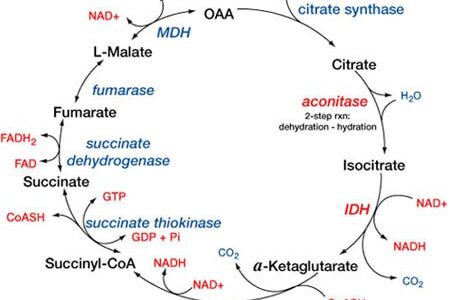
Revise the essential concepts of carbohydrate metabolism with this comprehensive set of multiple-choice questions spanning all major pathways—glycolysis, gluconeogenesis, TCA cycle, glycogen metabolism, and the pentose phosphate pathway. Ideal for USMLE prep and biochemistry exams, this resource offers rapid revision with clear explanations for each answer.
Posted in:
Energy metabolism ,
Practice questions ,
Question Bank ,
Question Bank ,
Quick Revision Series ,
Quick revisions ,
USMLE Content ,
USMLE Style questions ,
USMLE styled question bank ,
Enzymology Quiz
05
Apr
Exciting news for all biochemistry students and enthusiasts! 🌟 Dive into the world of enzymes today with our special enzymology quiz. It's a fantastic chance to test your knowledge, from enzyme kinetics to regulation mechanisms, and see how well you understand these vital biological catalysts.
Enzymology Revision (Multiple Choice Questions With Complete Explanations)
10
Mar
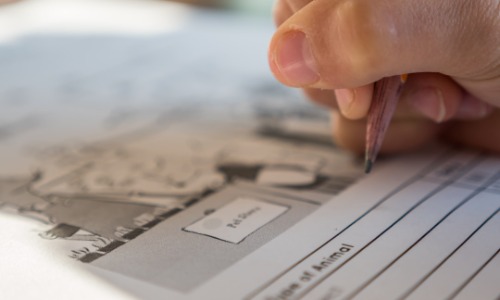
Posted in:
Enzyme kinetics ,
Enzymology ,
Learning resources ,
Multiple-choice questions ,
Question Bank ,
Question Bank ,
Quick Revision Series ,
QUIZZES ,
USMLE styled question bank ,
Tags:
Active site,
Biochemistry by Namrata Chhabra,
BIOCHEMISTRY FOR MEDICS,
coenzymes,
cofactors,
Competitve,
enzyme inhibition,
Enzymology. clinical enzymology,
mechanism of enzyme action,
Non-Competitive inhibition,
regulation of enzyme action,
suicidal enzyme inhibition,
uncompetitive enzyme inhibition,

